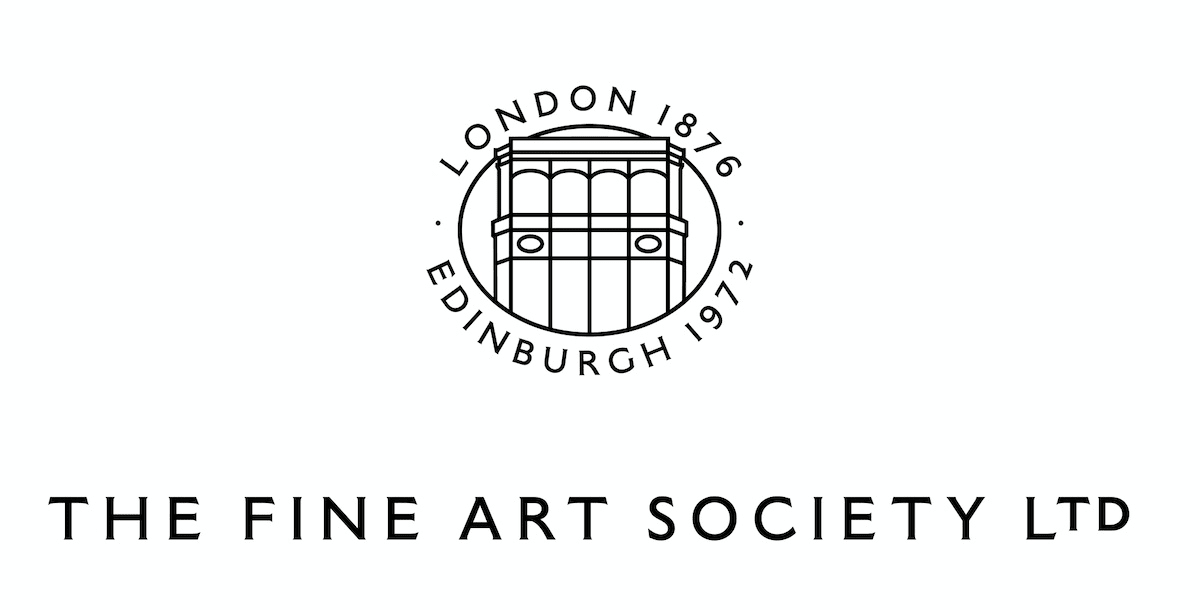Carving in Britain: From 1910 To Now
Although by no means an exhaustive survey of British carving of the last hundred years – exhibition space and availability of works dictated that - Carving in Britain was for many an introduction to a field that has attracted renewed interest in the last decade.
It is possible to construct different Histories of Carving in Britain. A classic account,as featured in the excellent Carving Mountains catalogue of 1998 features the work of Frank Dobson, Jacob Epstein, Henri Gaudier-Brzeska, Eric Gill, Barbara Hepworth, Henry Moore, Ben Nicholson and John Skeaping. These certainly constitute the major figures in the development of Carving as a key element in what is considered Modernism in British Sculpture of the first part of the 20th century. The process of carving stone or wood has been defined as almost a talisman of being modern for sculptors. Many of them described their allegiance to this means of production in no uncertain terms, expressing pleasure in the physical effort of carving, chisel against stone, the direct relationship of the materials worked on to the vision they wished to express.
There were other sculptors in this exhibition who demonstrate the continued appeal of carving. The work of Gary Breeze could be considered as in descent ultimately from the letter cutting of Eric Gill, which was after all what turned him into a carver of sculpture. David Jones, who had been one of Gill’s closest friends and colleagues, turned to wood carving to create images for printing. Joseph Cribb trained with Gill and became a close associate before developing his own style in artwork and lettering. David Kindersley was a later apprentice and associate of Gill before setting up his own lettering and decorative sculpture workshop which developed away from too narrow an imitation of Gill. In this he was to be joined by his wife Lida. The exhibition also included a variety of contemporary practitioners in stone, though very different in character and commitment to the material, including the great letterer and stone worker is the late Ian Hamilton Finlay.

